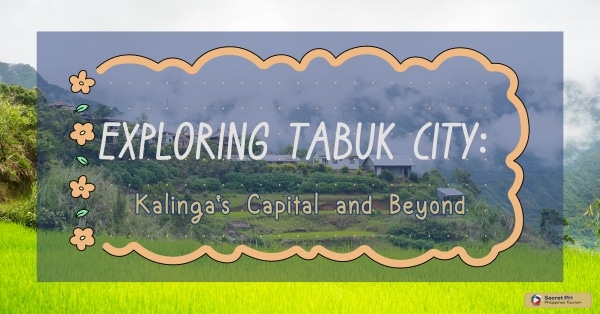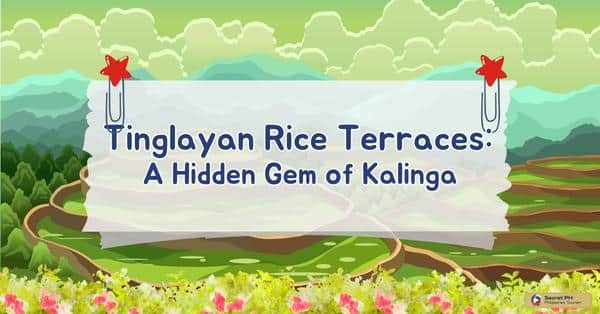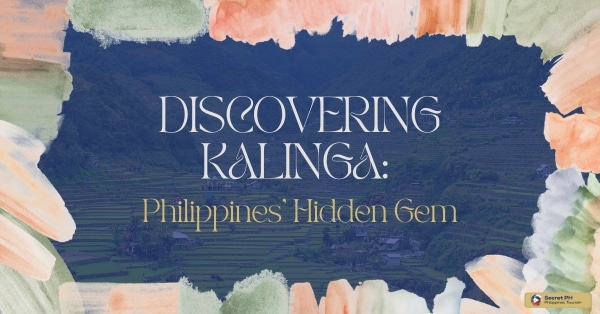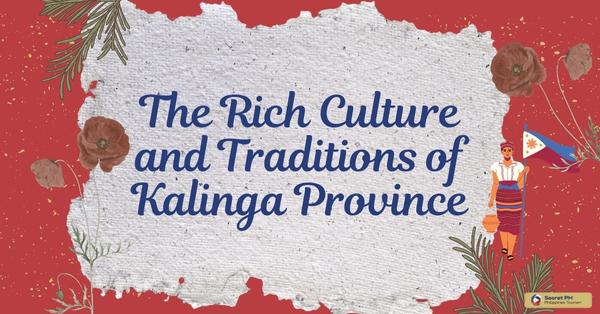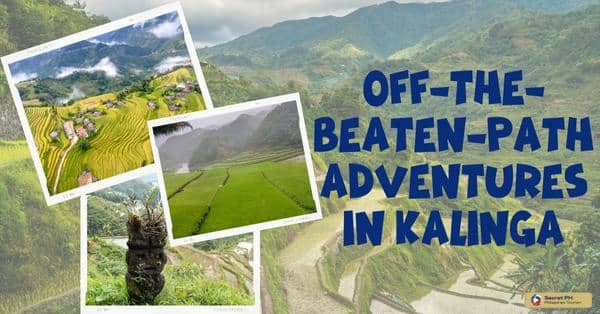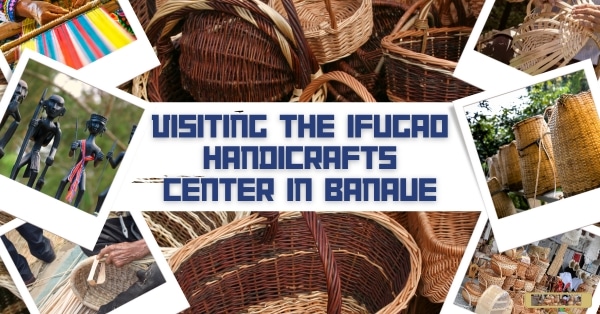The Ifugao culture, nestled in the Philippines’ mountains, thrives on strong kinship, animistic beliefs, and awe-inspiring rice terraces. Ancestral rituals and intricate handicrafts passed down through generations, reflect their distinct identity. The epic “hudhud” weaves tales of their origin. Efforts to preserve this rich heritage ensure the Ifugao’s legacy lives on, teaching us about their deep bond with nature and tradition.
In this blog series, we will explore some of the key aspects of the Ifugao culture, from their strong kinship and family ties to their sophisticated system of rice cultivation, handicrafts, and epic poem the Hudhud. Join us as we discover the fascinating world of the Ifugao!
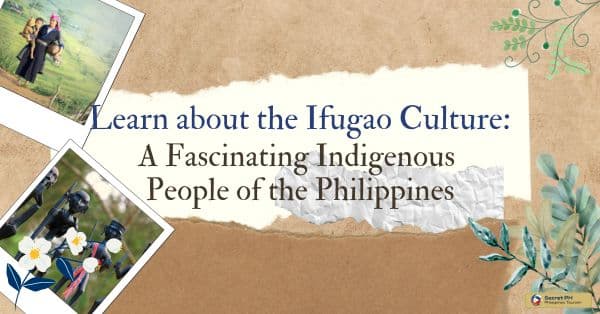
Discovering Ifugao
The Ifugao are indigenous people of the Philippines who live in the mountainous region of the Cordillera Administrative Region. They are known for their intricate rice terraces, which have been called “the Eighth Wonder of the World”.
The best place to start your discovery of Ifugao is in the town of Banaue. Here, you can see the Banaue Rice Terraces, which are the most famous of the Ifugao rice terraces. The terraces are a UNESCO World Heritage Site, and they are considered to be one of the most impressive feats of engineering in the world.
From Banaue, you can also visit other Ifugao villages, such as Batad and Hapao. These villages are located in beautiful mountain settings, and they offer a glimpse into the traditional Ifugao way of life.
In addition to the rice terraces, there are many other things to see and do in Ifugao. You can go hiking in the mountains, visit traditional Ifugao villages, and learn about the Ifugao culture. You can also try some of the local cuisine, which is known for its use of fresh, locally-grown ingredients.
Discovering Ifugao is a fascinating and rewarding experience. It is a chance to learn about a unique culture and to see some of the most impressive scenery in the Philippines.
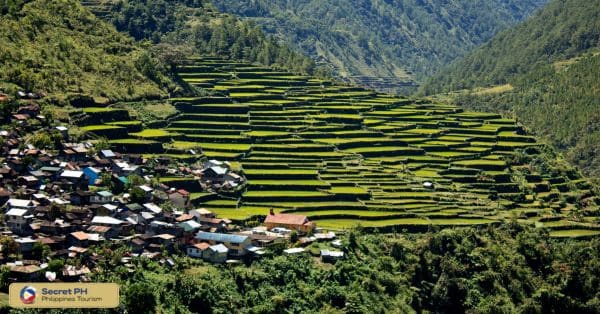
Kinship and Family Ties
Ifugao is not only known for its breathtaking landscapes but also for its rich cultural heritage. One fundamental aspect of Ifugao culture is the intricate web of kinship and family ties that form the backbone of their society.
These connections serve as a vital thread, weaving together communities, traditions, and identities. Let us delve deeper into the world of Ifugao kinship and explore how it shapes their way of life.
The Bilateral Kinship System
In Ifugao society, kinship is not limited to immediate family members. Instead, it encompasses a vast network of relatives, including cousins, aunts, uncles, and grandparents.
What sets Ifugao kinship apart is its bilateral nature, where both the mother’s and father’s sides of the family hold equal importance. This unique system creates a sense of balance and harmony within the community, fostering strong bonds across generations.
The Role of Extended Families
Extended families play a pivotal role in the daily lives of Ifugao individuals, providing a supportive framework in various aspects of life. From child-rearing to economic activities and decision-making processes, these extended family networks offer guidance, assistance, and a sense of belonging. The wisdom and experience of elders are highly valued, and their presence ensures the transmission of traditions, customs, and ancestral knowledge.
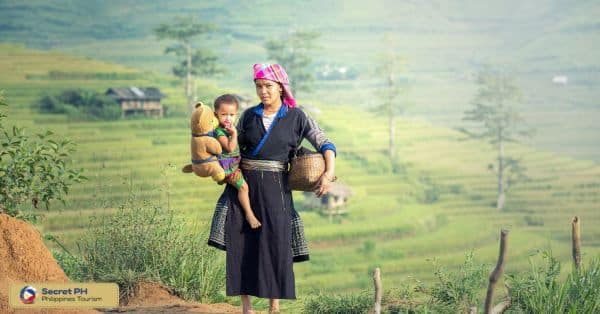
Religious and Cultural Beliefs
Religion and culture are intricately woven into the fabric of societies around the world, shaping beliefs, values, and practices. These profound aspects of human existence provide individuals with a sense of identity, belonging, and purpose.
From ancient civilizations to modern communities, religious and cultural beliefs serve as guiding principles, influencing everything from daily rituals to significant life events. In this exploration, we will delve into the diverse tapestry of religious and cultural beliefs, uncovering their significance and impact on the lives of people globally.
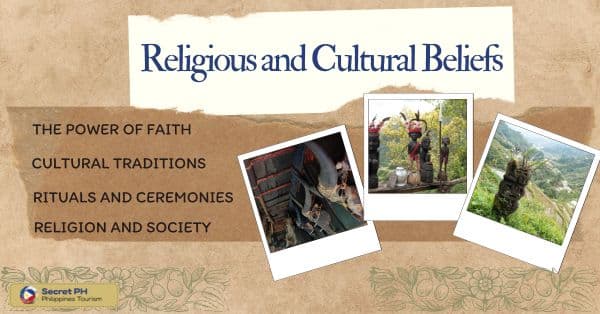
The Power of Faith
Religion holds a significant place in human life, providing answers to questions about the meaning and purpose of existence. It offers a framework through which individuals interpret the world and their place within it.
Whether through organized institutions or personal spiritual practices, religion offers solace, guidance, and a sense of connection to something greater than oneself. From Christianity to Islam, Buddhism to Hinduism, and countless other belief systems, faith plays a pivotal role in shaping individual and communal worldviews.
Cultural Traditions
Cultural beliefs and traditions are deeply rooted in the history, customs, and values of a particular group or community. These traditions encompass a wide range of practices, including language, arts, music, cuisine, and social customs.
They serve as a means of preserving a collective heritage and passing down ancestral wisdom from one generation to another. Cultural beliefs and practices not only shape identity but also foster a sense of belonging and solidarity among community members.
Rituals and Ceremonies
Rituals and ceremonies form an integral part of religious and cultural beliefs, acting as transformative experiences that mark significant milestones and transitions in life. From birth and initiation rituals to marriage ceremonies and funerals, these events carry immense cultural and spiritual significance.
They provide a framework for communal celebration, reflection, and the reaffirmation of shared values. Through rituals and ceremonies, individuals and communities forge deeper connections with their faith and cultural heritage.
Religion and Society
Religious and cultural beliefs have a profound impact on social structures and values within a given society. They shape moral and ethical codes, influencing individual behaviors and societal norms.
Religious institutions often serve as pillars of community life, providing social support systems, educational opportunities, and charitable services. Cultural beliefs, on the other hand, help to define societal roles, intergenerational relationships, and the overall fabric of communal life.

Rice Cultivation
In the terraced landscapes of the Ifugao province, rice cultivation emerges as a remarkable testament to the symbiotic relationship between humans and their environment. The intricate system of rice terraces, meticulously carved into the mountainsides, embodies the Ifugao people’s deep understanding of agricultural sustainability and their reverence for the land.
Rice terraces, often referred to as the “Eighth Wonder of the World,” showcase the profound agricultural expertise of the Ifugao. Carved by hand over generations, these terraces utilize the contours of the terrain to manage water flow, preventing erosion and maintaining soil fertility. The cycle of rice cultivation is a harmonious dance with nature, where planting, transplanting, nurturing, and harvesting are guided by rituals and ceremonies that seek blessings from ancestral spirits.
The Ifugao’s intimate knowledge of the land’s rhythms and the delicate balance between water, soil, and crop yields bountiful harvests that sustain both their physical nourishment and their cultural identity. Through their rice cultivation practices, the Ifugao people not only provide for their communities but also celebrate their heritage and foster a connection between the tangible and the spiritual.
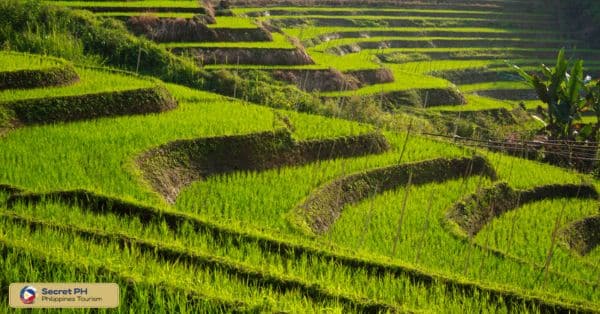
Handicrafts
Embedded within the vibrant tapestry of Ifugao culture is a rich tradition of handicrafts, reflecting the dexterity, creativity, and cultural depth of this indigenous community. These intricate creations are more than mere objects; they are vessels of stories, values, and heritage, connecting generations and preserving a tangible link to the past.
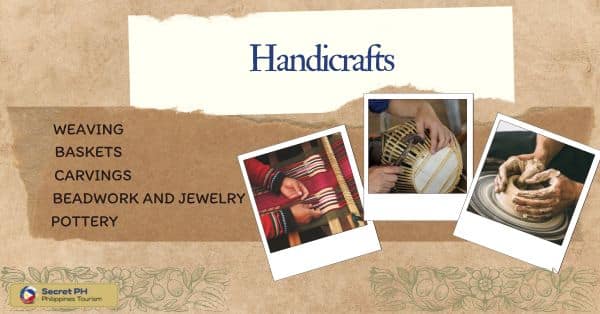
1. Weaving– The art of weaving is a cornerstone of Ifugao handicrafts. Passed down through generations, weaving techniques produce a variety of functional and artistic items, including clothing, baskets, and blankets. The meticulous craftsmanship reflects the Ifugao’s intimate relationship with the natural world, as materials are sourced from their environment. Patterns and designs woven into these pieces often convey stories of ancestors, landscapes, and spiritual beliefs.
2. Baskets– Ifugao baskets are not only utilitarian but also works of art. Crafted with local materials, they serve a multitude of purposes, from storing grains to carrying goods. The intricate patterns and shapes of the baskets speak of the community’s connection to nature and the practical ingenuity developed over the centuries.
3. Carvings– Wood carving is another notable aspect of Ifugao craftsmanship. The “bulul,” the carved wooden rice gods, are prime examples of intricate artistry. These figurines hold deep spiritual significance, embodying ancestral spirits and blessings for a bountiful harvest.
4. Beadwork and Jewelry– Ifugao beadwork and jewelry are exquisite expressions of cultural aesthetics. Intricately designed necklaces, bracelets, and accessories showcase a fusion of traditional techniques with contemporary styles, displaying the resilience and adaptability of the culture.
5. Pottery– While pottery is less prominent, Ifugao pottery displays their skill in working with clay. Vessels and containers created through this art form serve practical needs while echoing the cultural themes that define their society.
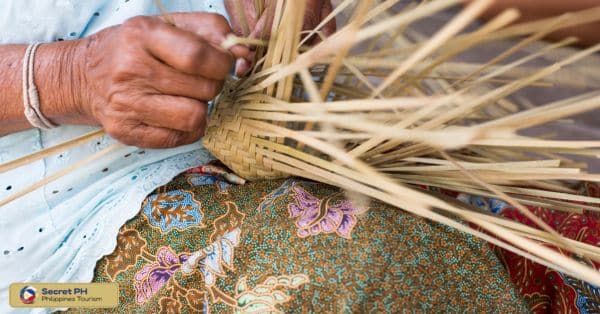
Hudhud
The hudhud stands as a living testament to the Ifugao people’s rich tradition of oral literature. Passed down through generations, this epic chant weaves together the threads of their history, beliefs, and cultural identity. The hudhud is more than a mere narrative; it is a vehicle of storytelling that binds communities, imparts wisdom, and preserves the essence of the Ifugao culture.
Rooted in the Ifugao’s animistic and spiritual beliefs, the hudhud recounts the exploits of ancestors, the creation of the world, and the interplay between humanity and the divine. Through its verses, the oral tradition breathes life into their myths, rituals, and moral values, offering a holistic understanding of their way of life. Carried forth by dedicated chanters, the hudhud is not only a historical account but also a living connection to their roots, reminding the Ifugao people of their shared past and the enduring legacy they carry forward.
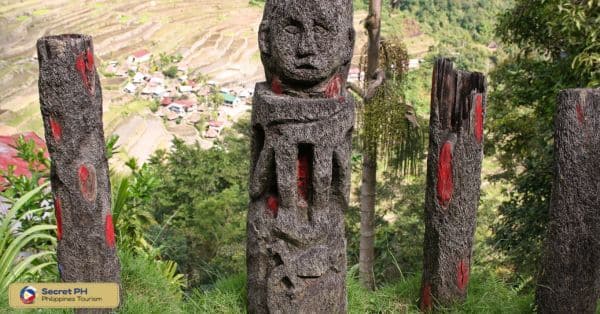
In conclusion
The Ifugao culture is a unique and fascinating one. From the intricate rice terraces to their elaborate handicrafts, the rich cultural heritage of these indigenous people is an incredible testament to their resilience and ingenuity. Through its kinship ties, religious beliefs, and traditional practices, the Ifugao culture celebrates its history while embracing modernity.
Their deep connection to the land and the stories of their ancestors form an integral part of who they are, creating a bond that binds together generations and communities. The Ifugao culture is a remarkable example of how cultures can endure and remain vibrant despite changing times.


